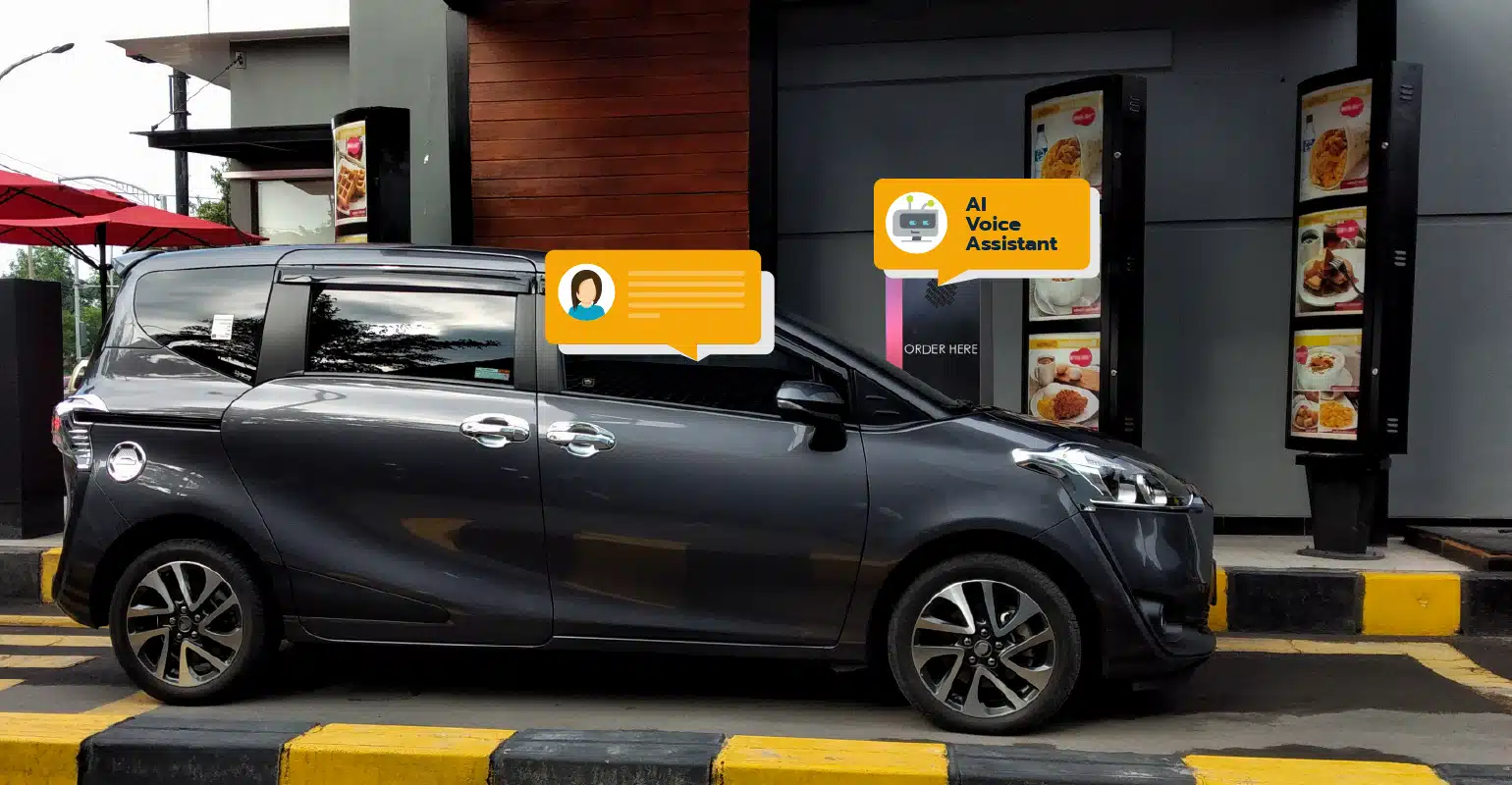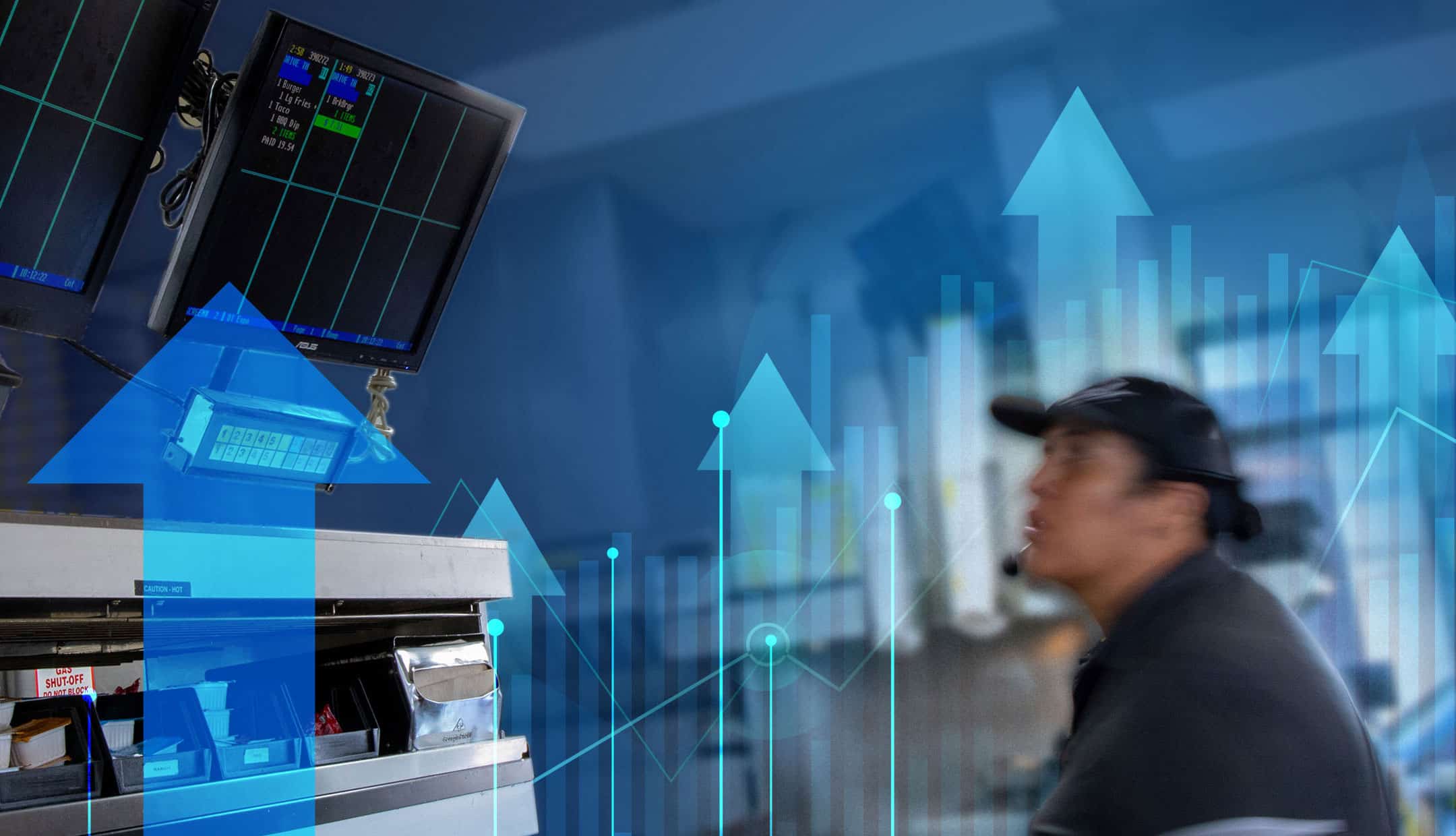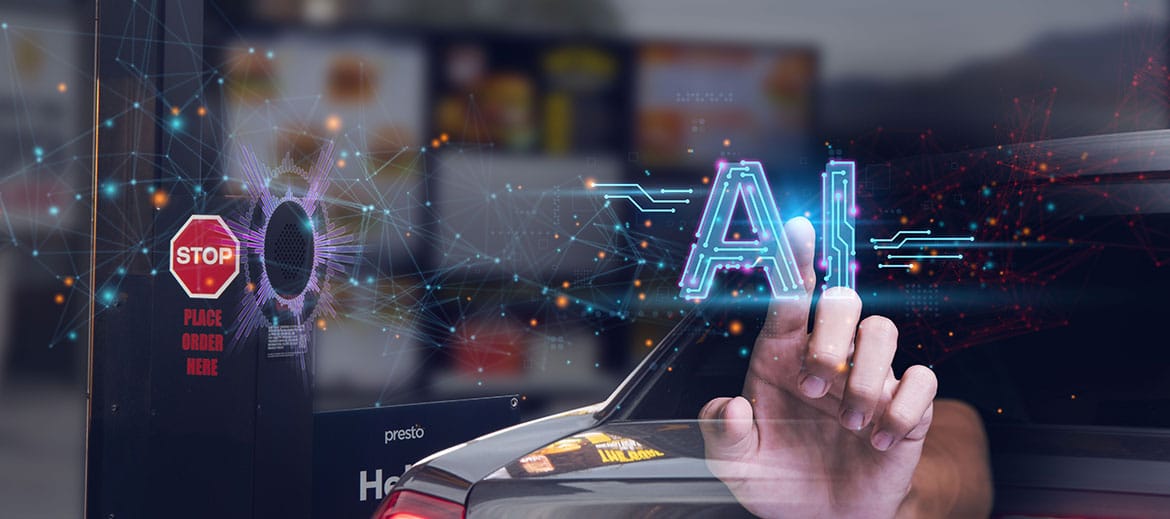A steady stream of diners are returning to reopened restaurants but the threat of inflation keeps anxiety levels high. Food costs, labor costs, equipment, lumber – and even rent – are all skyrocketing to unheard of levels.
Inflation is here, no matter what the Fed says. Regardless, prospective inflation offers an opportunity for restaurant operators to apply creative problem-solving. In the face of macroeconomic pressures, including inflation, restaurants that leverage technology to maximize resources, improve efficiency, and optimize the customer experience will be best-suited for success.
Is inflation already here?
The restaurant industry is already seeing signs of inflation. The Bureau of Labor Statistics’ April Consumer Price Index revealed the rising costs of multiple food groups. According to Forbes, price increases like these could point to a larger inflationary trend: “Overall, prices in April climbed 4.2% year over year, the biggest such gain in the headline CPI data since September 2008. Even when you strip out volatile food and energy prices—so called core CPI inflation prices rose by 3% year over year in April.”
Why are prices rising? Multiple pandemic-related factors may be at play. In an April article, the White House noted that it expects a moderate increase in inflation in the coming months, “primarily due to three different temporary factors: base effects, supply chain disruptions, and pent-up demand, especially for services.” Restaurants may feel the effects of these factors acutely, as supply chain disruptions inflate prices of food and materials, and increased demand strains restaurant operations, particularly at fast-food chains and QSRs.
What does inflation mean for restaurants?
Sustained inflation is problematic for restaurants for multiple reasons. Restaurants rely heavily on commodities like corn, soy, wheat, and dairy, and the rising cost of these raw materials applies pressure to restaurant operators already grappling with low margins.
Meanwhile, a growing labor shortage could drive an increase in wages for restaurant employees, further adding to the strain on restaurant operators. A Restaurant Business Online article examining rising fast-food prices during the pandemic notes that “many fast-food operators had little choice but to increase prices because of the other influencer—wage rates.”
In the face of inflation, one thing is certain: restaurants will need to increase menu prices in order to maintain profitability. Doing so—particularly in an inflationary macroeconomic environment that could reduce purchasing power for restaurant customers—is a dangerous, if necessary, endeavor.
When prices are higher, competition is steeper, and consumers are more cost-conscious, restaurants can’t afford not to be as efficient and resourceful as possible. What’s more, they need to offer exceptional customer experiences that entice guests to keep coming back to pay those higher prices.
Technology can help restaurants withstand inflation
In a difficult competitive environment, restaurant operators need to find ways to make a positive impression on guests from the very first interaction. Moreover, they need to maximize the use of their existing resources, so they can keep costs low and operations efficient. Technology can help solve each of these challenges.
For example, a few cameras installed in the drive-thru coupled with artificial intelligence can offer restaurants smart analytics to identify bottlenecks and verify orders. Inside the kitchen, the same technology can detect errors in order packaging to help gain guest confidence. Other technologies like speech recognition and kiosks can expedite the ordering experience while lowering operational costs.
In the kitchen, computer vision technology can be used to track food inventory levels and get demand forecasts to reduce costly food wastage. Automated upsell and cross-sell solutions, especially those that can be personalized based on guest profiles, can help increase average check sizes.
It’s time to think about an investment in tech
The coming months and years will certainly bring their share of challenges to the restaurant industry. As the U.S. economy braces itself for potential inflation, savvy restaurant operators should already be thinking about how to weather that particular storm.
Technology may well be the answer. Unlike other assets, technology generally grows cheaper over time—which may mean that an investment today could pay dividends tomorrow. The creative use of top-tier technology can help restaurants meet macroeconomic challenges head-on, so they can operate more efficiently, serve customers more expediently, and offer a guest experience to remember.
About the Author

Rajat founded Presto in 2008 while pursuing his doctorate at MIT. He has also cofounded Zimride (now Lyft), the popular ride-sharing company. A widely acknowledged expert in hospitality technology, Rajat is regularly featured in television interviews and media articles.
Contact mktg@presto.com to schedule a media interview or analyst briefing with him.



